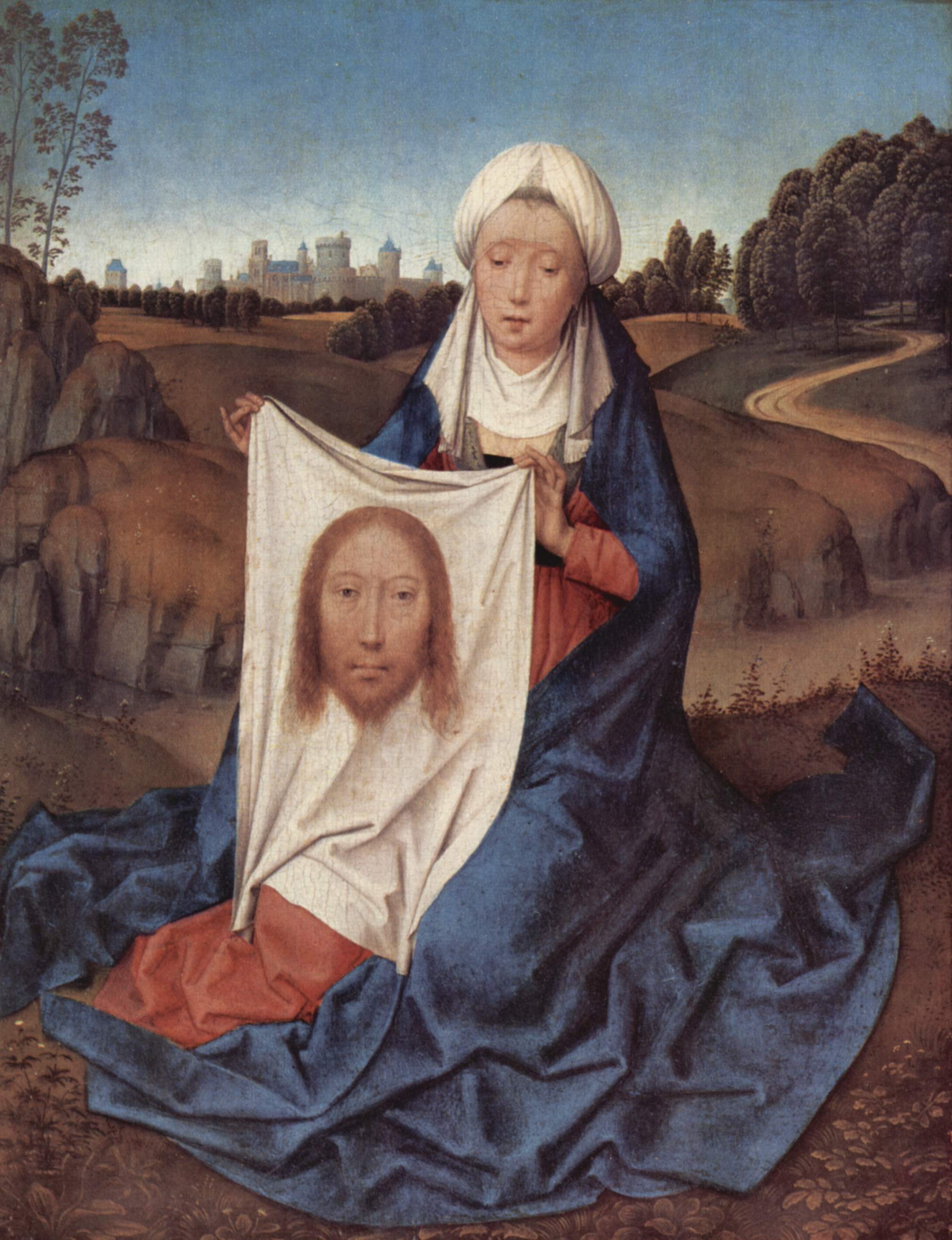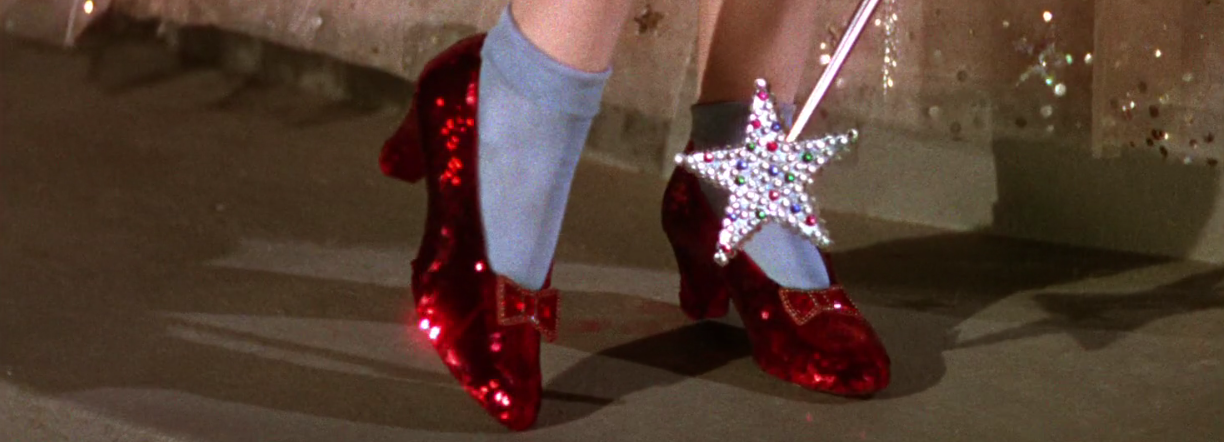According to legend, a woman named Veronica (who is commemorated on July 12) was among the crowds lining the streets of Jerusalem as Jesus carried the cross on his way to be crucified on Golgotha. Feeling pity for him, she stepped forward and wiped the sweat and blood from his face with her veil. Later that evening, she is said to have discovered the image of Christ’s face imprinted on her veil.
Many people think this story is a variation on the story of the Shroud of Turin, said to be the shroud in which Jesus was buried. It was also said to have been imprinted with the image of Jesus’ body in the moment just before his Resurrection. Because of the way the Shroud was traditionally folded when put on display, only the face was visible. This resulted in an image much like the one reputed to have been imprinted on Veronica’s veil. Many also point out that the woman’s name, “Veronica,” is in fact Latin for “true image” or “true/authentic icon” and is more a statement about the cloth than about her historical identity.
The story of the Icon-Made-Without-Hands is also about a Byzantine cloth on which Jesus himself imprinted his face to send to the king of Edessa so that the ailing king might be healed. Again, this “true icon” is said by many to be another version of the same story and that all 3 versions are probably based on the historical kernel that there was indeed a cloth image of Jesus that was venerated by the Church during its early centuries as an authentic, miraculous reproduction of Christ that was thought to work miracles.
This textile image plays an important role in two books that I highly recommend:
The Fifth Gospel by Ian Caldwell is a thriller set in the Vatican in which a long-lost gospel text, a contentious relic [i.e. the Shroud of Turin], and a dying pope’s final wish converge to send two brothers—both Vatican priests—on an intellectual quest to untangle Christianity’s greatest historical mystery.
Death Masks by Jim Butcher is one of his EXCELLENT Harry Dresden series in which Harry, Chicago’s only practising professional wizard, is caught in a duel with the Red Court of Vampires’ champion, who must kill Harry to end the war between vampires and wizards …Professional hit men using Harry for target practice …The missing Shroud of Turin …A handless and headless corpse the Chicago police need identified …
Both are excellent summertime reading — especially in connection with July 12, the feast of Veronica and her veil!


